Mandarin Orange
The mandarin orange, commonly known as the mandarin, is a small citrus tree that has fruits that resemble a small orange. However, unlike oranges, the fruit from the mandarin orange tree is not spherical, but is oblate.
The mandarin orange tree is more tolerant of drought than its fruit. The fruit is tender and can be easily damaged by the cold. Mandarin orange trees are grown in tropical and sub-tropical regions. It is one of the varieties that is part of the orange family.
Mandarins actually have many names, some of which are crossed between a mandarin and anotehr citrus fruit. An example of this is that reddish-orange mandarins can sometimes be called tangerines, although this is not actually what it is classified in botanical terms. Other varieties of mandarins include:
- Satsuma – a seedless mandarin variety which has more than 200 cultivars including mikan and owari. Satsuma mandarins are more often found as canned mandarins. They are growing in popularity in the United States of America as a fresh fruit because it is easy to consume. Owari’s are the most popular cultivar out of the Satsuma range. Owari’s ripen during the late autumn.
- Clementine is one of the most important mandarins, in commercial terms.
- Tangerines, also known as a “Christmas orange” because its peak season is December. It is common for children to received tangerines in their Christmas stockings.
- Tangor, also known as the temple orange, is a cross between the common sweet orange and the mandarin orange. Although it has a thick rind, it is easy to peel. Its pulp is bright orange, is full-flavoured and tastes sour-sweet.
Mandarins are usually eaten either plain or in fruit salads. It is easily peeled with the fingers and its segments can be easily split without squirting and wasting its juice. As a result, this makes it easy and convenient to eat as no knives or other utensils are required in order to cut or peel the fruit.
Canned mandarins are peeled to remove the white pith before it is canned, otherwise it turns bitter. Its segments are peeled via a chemical process, whereby the segments are scalded in hot water in order to loosen the skin. These segments are then bathed in a lye solution to digest the membranes and albado. After this, they are rinsed several times in plain water.
Mandarins are also faetured during Chinese New Year. In this tradition, they are considered symbols of good fortune and abundance. During this several week celebration, they are frequently displayed at houses as decorations and presented as gifts to relatives, friends, and business associates.
In traditional Chinese medicine, dried mandarin peels is used to regulate chi. It is also used to treat abdominal distension, enhance digestion, and reduce phlegm. It has also been used in ayuverda, which is Indian traditional medicine.
China makes up for more than half of the world’s produces of mandarins. This is followed (but not closely at all) by Spain, Brazil, and Japan. Mandarins that are marketed as tangerines are from the Dancy, Sunburst, or Murcott (honey) cultivars.
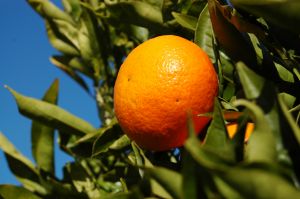
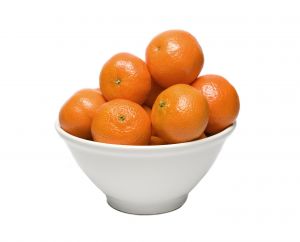
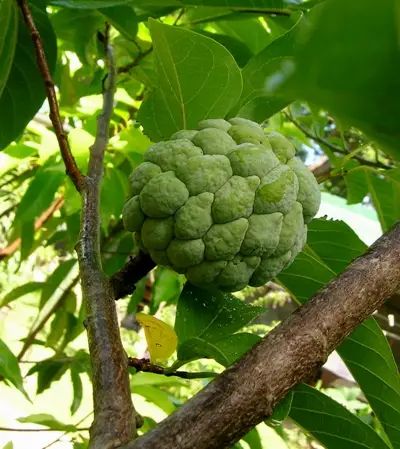
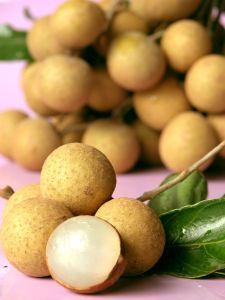
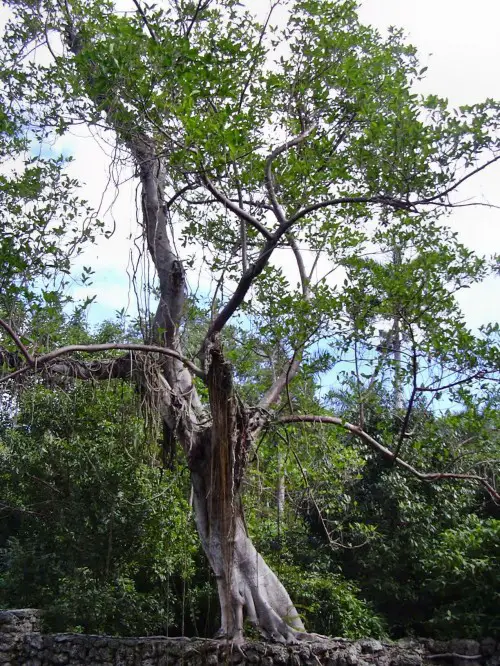
do rats or racoons attack the tree? How can you guard the fruit?